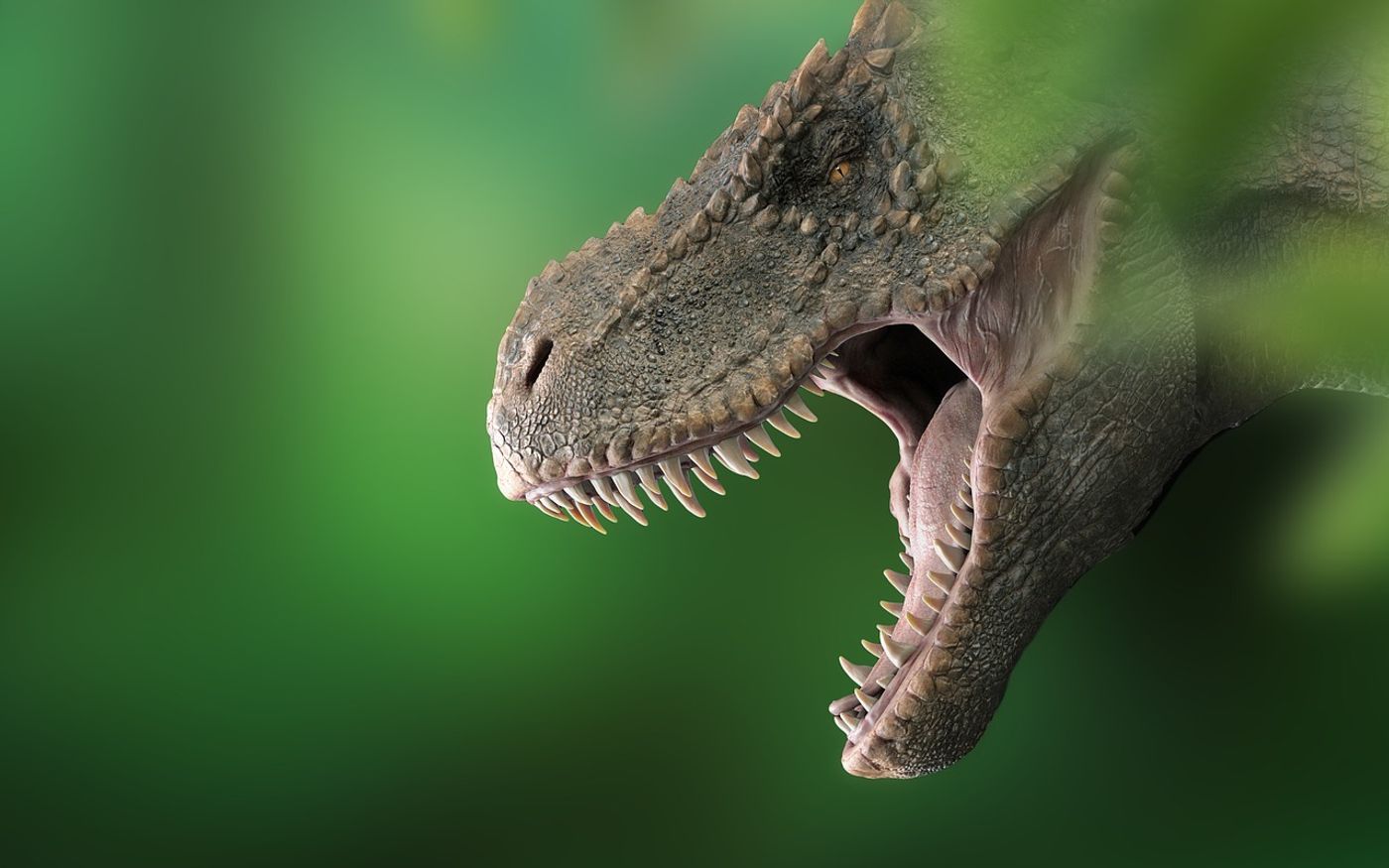Scientists Shed Light on 'Teenaged' T. Rex
If you were to ask a bunch of random people off the street to begin naming dinosaurs, then the infamous Tyrannosaurus rex would likely reside at the top of most people’s lists. It seems like almost everyone knows about the existence of T. rex, but just how much do we actually know about the late predacious monster?
Image Credit: Pixabay
Albeit well documented in museums and portrayed as a ruthless predator in popular Hollywood films like Jurassic Park, more of T. rex’s truths are gradually being uncovered by modern science than we ever could have imagined. Perhaps one of the most prominent examples of such is the revelation that many dinosaurs, perhaps including T. rex, sported colorful and fluffy plumages.
Despite what we know, there are still many questions about T. rex that remain unanswered. One of the most pressing of those involves the developmental stages of T. rex during and throughout its early life stages. Most established T. rex fossils depict the dinosaur after it is fully grown, but we still know very little about what T. rex looked like as an adolescent.
Fortunately, scientists could be one step closer to answering that question. New findings published just last week in the journal Science Advances indicate that the answer may have been hiding in plain sight, and that fossils collected decades ago were incorrectly classified as a new dinosaur species dubbed Nanotyrannus when they were actually juvenile T. rex specimens.
"Historically, many museums would collect the biggest, most impressive fossils of a dinosaur species for display and ignore the others," explained Holly Woodward, the lead author of the paper. "The problem is that those smaller fossils may be from younger animals. So, for a long while we've had large gaps in our understanding of how dinosaurs grew up, and T. rex is no exception."
Related: Perhaps T. rex wasn't feathered after all?
How could such a substantial mix-up ever have transpired in the first place, you ask? As it turns out, the answer to that question lies in small details in the fossils’ skulls, which deceptively exhibited seemingly negligible differences from that of an adult T. rex.
A closer analysis of the bones in those fossils revealed that these juvenile T. rexes were about 13 and 15-years old when they died, and that their bodies differed greatly from fully-grown T. rexes because they would’ve been faster on their feet and lighter eaters than their massive adult counterparts.
Not only do these findings help set the record straight, but they also close the gaps that existed in our understanding of the T. rex’s early life stages. This is significant because it means that scientists can now study how T. rex developed as it aged, and it can prevent future mix-ups in addition to advancing T. rex research in general.
Related: How hard could a T. rex bite?
It should be interesting to see if the researchers will learn anything more about T. rex after delving further into the young fossils and whether other smaller dinosaur species are actually just younger dinosaurs in disguise.
Source: Phys.org, Science Advances









